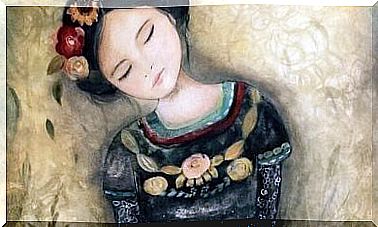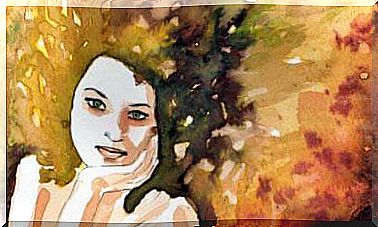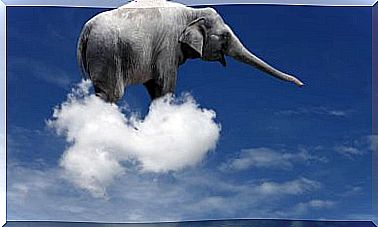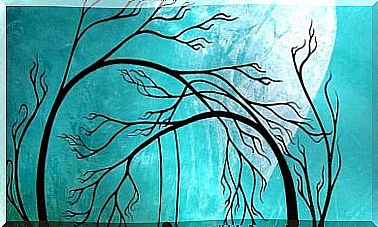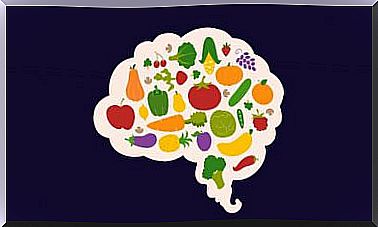Charcot, An Extraordinary Man Of Science
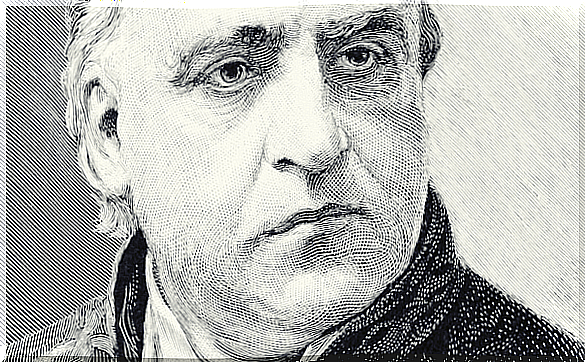
Jean-Martin Charcot was a famous physician and neurologist. He was born in Paris in 1825, and his contributions had definite consequences, both in medicine and in psychology. He was a student of the famous Guillaume Duchenne, from Bologna. Both he and Charcot are considered the fathers of neurology. But not only that. Charcot was also the most important precursor of psychoanalysis.
He worked for 30 years at the famous Hospital da Salpêtrière. When Charcot arrived at the scene, he had about 5000 patients. Approximately 3000 of them had mental problems. This hospital also offered training for new doctors and experiments with new methods. It was the most important medical center in the world at the time, in everything that had to do with the brain.
Charcot became very famous in Europe when he started using hypnosis as a method of treating hysteria. He was, above all, a man of science, and that is why he was open to all new developments in the field of medicine. His observations led him to take a special interest in hysteria, a disorder he exploited more than any other of his contemporaries.
Charcot and his arrival at Salpêtrière
Charcot’s new patients were of every type. Prostitutes, vagabonds, people with cognitive problems and others who had been rejected by society. The Salpêtrière was known in the meantime as the great asylum of human miseries or the “pandemonium of insanity”. It was Charcot who turned this chaotic place into the most important medical research center in Europe.
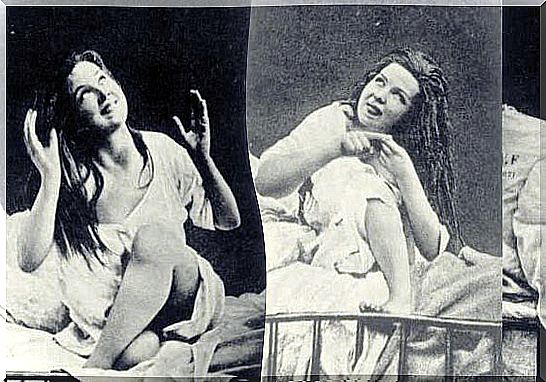
Since the time of Hippocrates, the uterus was spoken of as a mobile organ that roamed the woman’s body. When this organ reached the chest, it caused severe symptoms. Among them, strange convulsions and shortness of breath. This became known as hysteria. Many women had such symptoms. It was then thought that hysteria was a condition unique to women.
Until Charcot’s arrival, most patients were not being treated. Most women, in turn, had been diagnosed as hysterical. However, the French doctor noted that some men also had symptoms that could be categorized as hysterical. And women, in addition to shortness of breath and convulsions, also had rare manifestations of the disease, such as blindness or paralysis. The common thing in all these cases is that there was no medical explanation.
the hysteria
Jean-Martin Charcot was, above all, a student of the brain. His investigations allowed the creation of the foundations to understand diseases such as sclerosis. It has also helped to clarify many aspects of cerebral hemorrhages and other illnesses such as Friedreich’s ataxia and Tourette’s syndrome. However, his curiosity took him again and again to the pavilion of the so-called simple epileptics. There, 90% of the patients had been diagnosed as hysterical and neurasthenic.
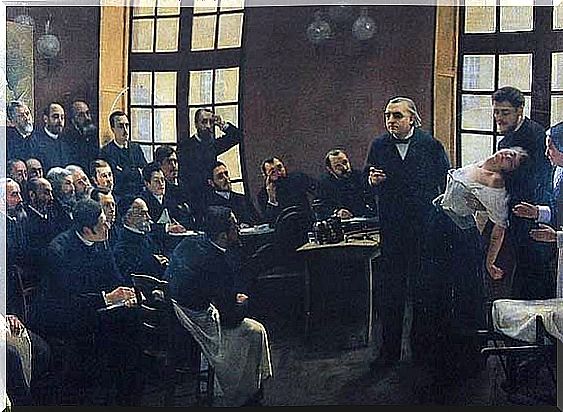
Charcot found that the hysteria was in the brain, not the uterus. He also postulated that the origin of these seizures, shortness of breath, paralysis, and other unexplained symptoms could lie in past experiences. Almost simultaneously, he proposed the idea that this ailment could be treated through hypnosis. That’s how one of the most fascinating spaces of that time emerged: the Tuesday sessions.
In them Charcot presented the cases of hysteria on a real theater stage. The French doctor showed, one by one, how the symptoms disappeared in the state of hypnosis. And not all of them were women: it was proved that this also happened to men.
Charcot, a source of debates
Charcot was heavily criticized by many of his contemporaries. They accused him of being unscientific and of having turned his Tuesday sessions into a circus. The claims were not fair. Charcot had a profound scientific spirit and for that very reason he did not deny any option. He quickly found analogies between hysteria and hypnosis.
Charcot proposed the existence of a traumatic hysteria, that is, triggered by an event that had a profound impact on the person’s mind. He stressed that hypnosis consists of an order that the patient fulfills by suggestion. In traumatic hysteria something similar occurs. Trauma is like self-hypnosis: the order is in the trauma and makes the subject start acting unconsciously, in a strange way.
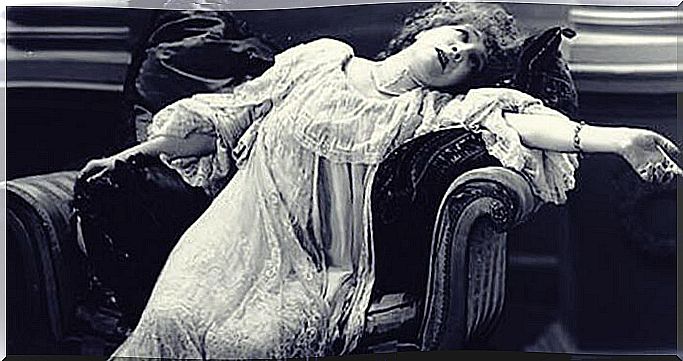
One of Charcot’s great contributions was precisely to have isolated the concept of “trauma” in the mind and to have developed this notion. From the important contributions of this great French scientist, one of his students, Sigmund Freud, discovered psychoanalysis.

